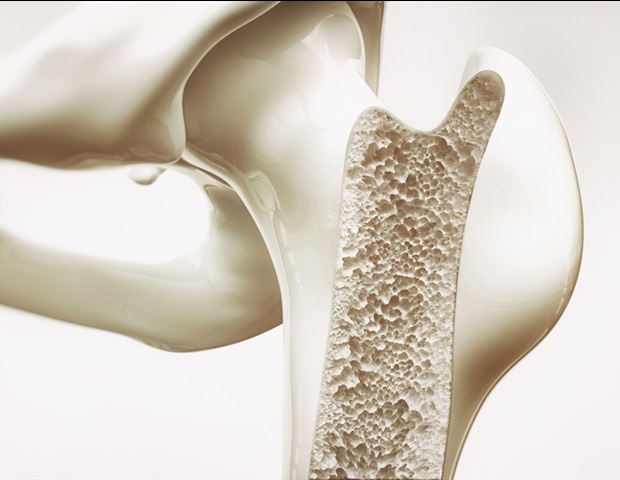
Bones are the living tissue on which the human skeleton is constructed and play a key role in enabling physical movements. The structural integrity of bones has been attributed to bone remodeling-aa highly regulated process of bone formation and bone resorption (dissolving old and damaged bones), driven by osteoblast and osteoclast bone cells, respectively. An impaired bone remodeling process can result in fragile bones and eventually lead to detrimental health conditions such as osteoporosis and joint fractures. Therefore, research into bone remodeling mechanisms has gained the attention of scientists from across the globe.
While several scientific reports have revealed the distinct regulatory mechanisms of osteoclast and osteoblast differentiation, little is known about the common factors that influence the development of both osteoclasts and osteoblasts. To identify novel bone remodeling factors and related mechanisms involved in both osteoclast and osteoblast differentiation, a team of researchers led by Professor Tomoki Nakashima from the Faculty of Dentistry, Institute of Science Tokyo (Science Tokyo), Japan, has conducted a series of advanced genetic experiments in mice and laboratory-grown cells. Their research findings were published in Nature Communications on 02 January 2025.
Sharing key insights from their study, Nakashima explains, “Initially, we carried out in-depth analyses of gene expression patterns of cells derived from mice with specific changes in DNA sequence. The gene expression profile in these cells lacking key transcription factors, which are regulatory proteins that control the transcription of genetic information, showed that the family with sequence similarity 102 member A (Fam102a) gene was central to regulating both osteoclast and osteoblast differentiation.”
Following the discovery of Fam102a in regulating both osteoclast and osteoblast differentiation, the researchers shifted their focus to identifying the underlying molecular interactions that drive the bone remodeling process. They found that Fam102a protein enhanced osteoblast differentiation by regulating the expression of Osterix protein via the localization of runt-related transcription factor 2 (Runx2).
Furthermore, Nakashima and co-researchers conducted a variety of genetic experiments in Fam102a-deficient mice to reveal the importance of Fam102a in bone remodeling. They observed that Fam102a promoted the differentiation of both osteoclasts and osteoblasts, and deletion of Fam102a resulted in an osteoporosis-like condition in mice, characterized by low bone volume.
In subsequent experiments, the scientists employed co-immunoprecipitation assay, a biochemistry-based method to identify protein-protein interactions. The analysis revealed significant binding interaction between Fam102a and karyopherin subunit alpha 2 (Kpna2)-a protein that transports molecules across the nuclear membrane. This finding indicated that Fam102a was dependent on Kpna2 for regulating Runx2 activity during the differentiation of osteoblasts.
Additional gene expression analyses of osteoblasts lacking Fam102a revealed that recombination signal binding protein for immunoglobulin κ J region-like (Rbpjl) was the most downregulated transcription factor and confirmed the role of the Fam102a-Rbpjl axis in osteoblast differentiation.
In summary, this study elucidates the mechanisms involved in bone metabolism and advances our understanding of bone remodeling. Nakashima concludes by highlighting the potential applications of the present research, “Our study sheds light on the critical molecular interactions involved in the bone remodeling process and can aid the development of innovative osteoporosis therapies.”
Source:
Journal reference:
Yamashita, Y., et al. (2025) Fam102a translocates Runx2 and Rbpjl to facilitate Osterix expression and bone formation. Nature Communications. doi.org/10.1038/s41467-024-55451-z.




